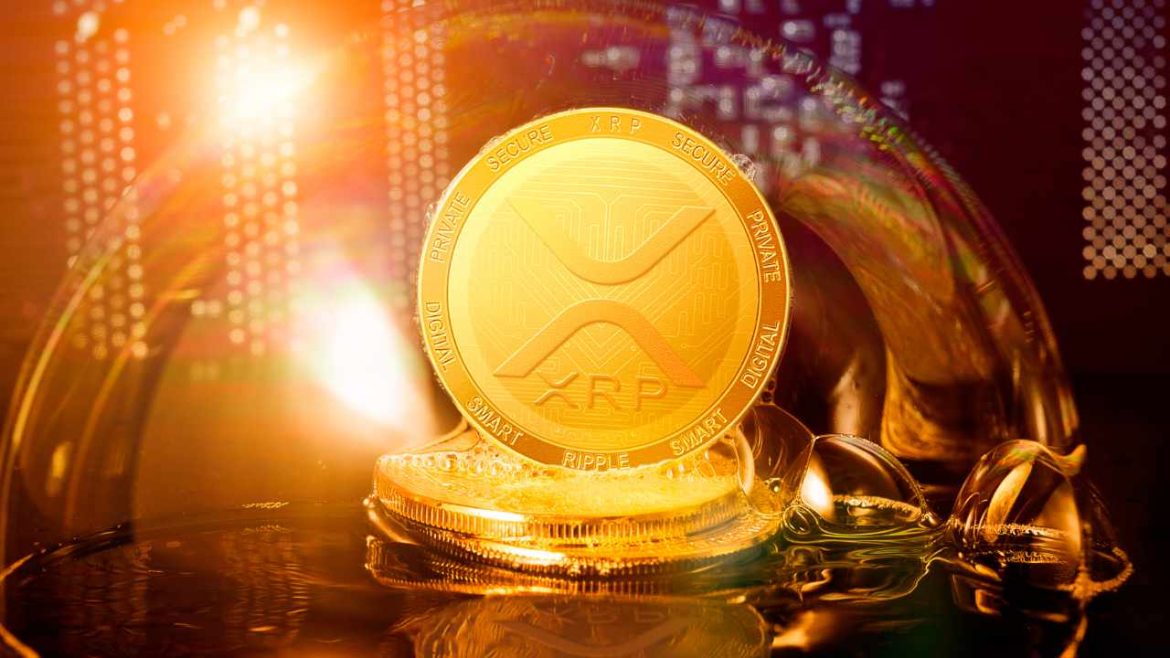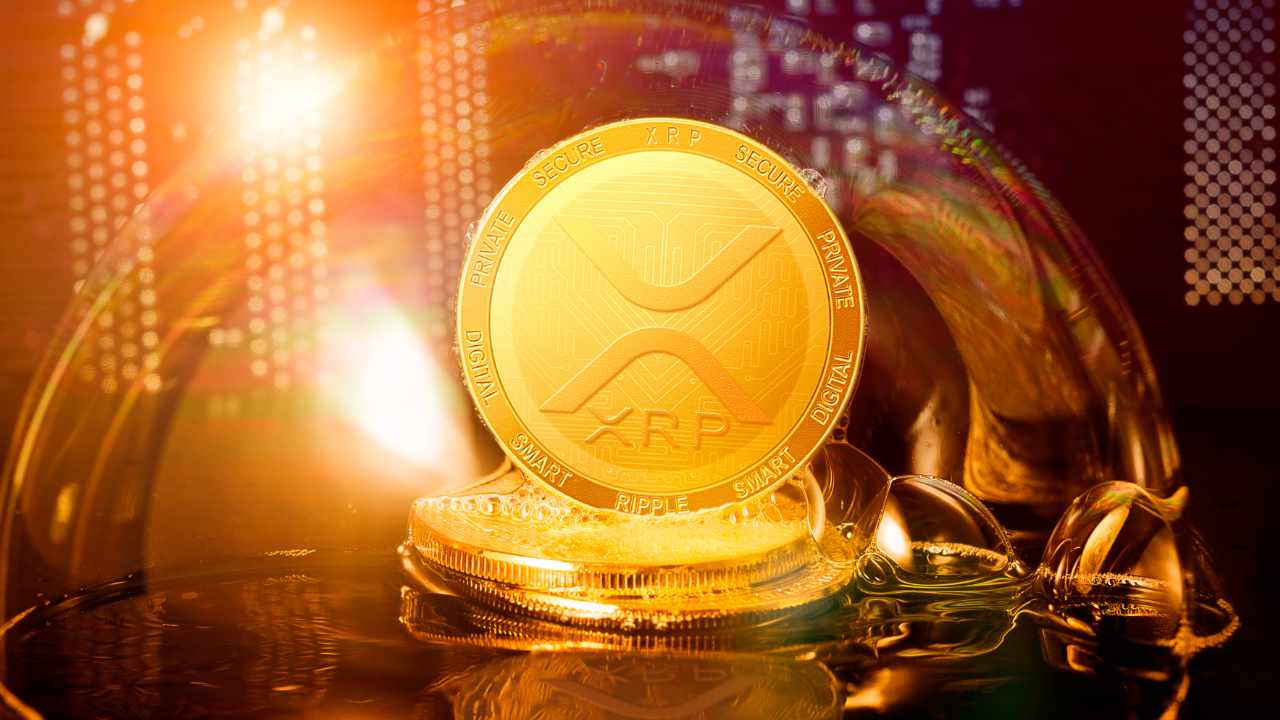Robinhood’s recent introduction of micro futures contracts for XRP (Ripple) and Solana (SOL) marks a pivotal moment in the evolution of cryptocurrency derivatives, particularly for retail traders. This strategic move not only expands Robinhood’s cryptocurrency offerings but also aligns with its broader vision of becoming a comprehensive financial super app. By offering micro futures, Robinhood is lowering the barriers to entry for retail investors, enabling them to engage with volatile digital assets in a more flexible and cost-effective manner. This report delves into the mechanics, advantages, and broader implications of this development, exploring how it democratizes access to crypto derivatives and reshapes trading behavior.
Unlocking Crypto Futures for Retail Traders
Futures contracts are financial derivatives that allow traders to speculate on the future price of an asset without owning the underlying asset itself. Traditionally, futures on cryptocurrencies like Bitcoin, XRP, or Solana have required substantial capital commitments due to large contract sizes and high margin requirements, which can deter smaller investors. Robinhood’s micro futures contracts address this issue by offering significantly smaller contract sizes. For example, Robinhood’s micro XRP futures have a 2,500-unit multiplier, which, at current prices, translates into notably lower capital demands. This smaller scale enables traders to fine-tune their exposure and manage risk on a much more precise level, appealing especially to retail investors with limited funds or risk tolerance.
The reduced contract size is not just a matter of convenience; it also allows traders to engage in more strategic position sizing. For instance, a trader who might have been hesitant to commit to a full-sized futures contract due to its high cost can now enter the market with a fraction of the capital. This flexibility is particularly valuable in the volatile crypto market, where rapid price movements can lead to significant gains or losses. By offering micro futures, Robinhood is effectively democratizing access to futures trading, making it more accessible to a broader range of investors.
Lower Margin Requirements, Higher Accessibility
One of the most prominent benefits of Robinhood’s micro futures on XRP and Solana is the reduced margin requirement. Margins represent the funds traders must set aside to open and maintain a futures position. By lowering these financial barriers, Robinhood effectively democratizes access to futures trading, allowing users who previously shied away from complex derivatives to participate with smaller, manageable stakes.
The reduced minimum tick size and multiplier on these micro contracts also enhance precision in position sizing, which is critical for retail traders seeking to optimize risk-reward ratios. Additionally, these contracts are cash-settled, eliminating the need for users to maintain wallets or deal with the complexities of delivering or receiving physical tokens upon contract expiry. This streamlined process makes futures trading more accessible and less intimidating for novice traders.
Moreover, the lower margin requirements mean that traders can allocate their capital more efficiently. Instead of tying up large sums of money in a single futures position, they can diversify their investments across multiple assets or strategies. This flexibility is particularly valuable in the crypto market, where diversification can help mitigate risk and maximize returns.
Seamless Execution and Trading Hours
Robinhood integrates these micro futures into its familiar, zero-commission trading platform, which already enjoys widespread use among retail customers for equities and crypto spot trading. The futures contracts support nearly 24-hour trading from 6 p.m. to 5 p.m. ET, offering ample flexibility to capitalize on crypto market volatility around the clock. The trading ladder interface on Robinhood simplifies execution, presenting depth of market data and order placement options in an intuitive format.
The seamless execution process is a significant advantage for retail traders, who may not have the expertise or time to navigate complex trading platforms. By providing a user-friendly interface, Robinhood makes it easier for traders to execute their strategies and manage their positions. The nearly 24-hour trading window is also a notable feature, as it allows traders to react to market movements in real-time, regardless of their location or time zone.
Strategic Timing Linked to Token Relisting and Market Sentiment
The timing of this launch aligns closely with the relisting of XRP and Solana tokens on Robinhood, which followed prior regulatory and legal uncertainties, especially notable for XRP due to Ripple’s legal challenges. The settlement of these disputes and clearer regulatory frameworks have boosted confidence among retail investors, prompting increased demand for derivative products linked to these tokens.
Moreover, the market momentum that XRP and Solana have experienced recently positions micro futures as an attractive tool for users to manage exposure dynamically. Whether traders aim to hedge, speculate, or diversify their crypto portfolios, these futures help to cater to those strategies without demanding large upfront commitments.
The strategic timing of this launch is not coincidental. By introducing micro futures at a time when market sentiment is positive and regulatory clarity is improving, Robinhood is capitalizing on a window of opportunity. This move is likely to attract more traders to its platform, as they seek to take advantage of the current market conditions and the new trading opportunities.
Competitive Positioning in the Crypto Derivatives Market
CME Group had earlier introduced XRP and Solana futures, along with micro XRP futures, which have seen strong trading volumes and open interest since their rollout. Robinhood’s entry into this niche market mirrors demand trends, with the platform capturing retail attention by emphasizing low capital requirements, ease of use, and no commission trading.
This move can be seen in the context of Robinhood’s $200 million acquisition of crypto exchange Bitstamp and its broader ambitions to offer a full-spectrum multi-asset trading experience, including equities, crypto spot, derivatives, and potentially tokenized real-world assets. The new micro futures expand Robinhood’s suite of products and strengthen its appeal to a new generation of retail crypto traders.
By positioning itself as a one-stop-shop for retail investors, Robinhood is differentiating itself from other platforms that may focus solely on spot trading or derivatives. This comprehensive approach is likely to attract a broader range of users, from beginners to experienced traders, who are looking for a platform that offers a wide range of financial products and services.
Risk Considerations and Market Impact
While micro futures present less risk in terms of capital exposure, futures trading inherently involves leverage and magnified volatility risks. Retail traders need to be aware of the potential for rapid gains as well as quick losses. However, the lowered financial entry stops hobbyist and novice traders from being excluded from futures markets altogether.
The availability of these products could lead to increased speculative trading volumes for XRP and Solana, possibly influencing market liquidity and price discovery. Robinhood’s easy accessibility and zero commissions may intensify retail speculative interest, which in highly volatile crypto markets can contribute to sharp price moves.
It is important for traders to understand the risks associated with futures trading, particularly the use of leverage. While leverage can amplify gains, it can also amplify losses, and traders should be prepared for the possibility of significant losses. Additionally, the increased speculative activity driven by retail traders could lead to higher volatility and price swings, which could impact the overall market dynamics.
Conclusion: Empowering Retail Traders While Shaping the Crypto Derivatives Landscape
Robinhood’s rollout of micro futures contracts for XRP and Solana represents a meaningful step in widening access to crypto derivatives for retail investors. With smaller contract sizes, lower margin requirements, and user-friendly execution, Robinhood empowers traders who previously faced high financial or logistical barriers to engage in futures markets.
The timing, following token relisting and improved regulatory clarity, adds momentum to this launch, positioning Robinhood to capitalize on resurging interest in these digital assets. As Robinhood continues to evolve as a multi-asset platform, these micro futures products highlight its strategy to blend accessibility with innovative financial instruments.
Ultimately, this expansion not only democratizes leveraged crypto exposure but also impacts market dynamics by mobilizing a broader retail participation in futures trading. For retail investors eager to venture into derivatives while maintaining controlled risk exposure, Robinhood’s micro XRP and Solana futures are a significant new tool in the crypto trading arsenal. By providing a user-friendly platform that offers a wide range of financial products and services, Robinhood is well-positioned to capture a significant share of the retail crypto market.





